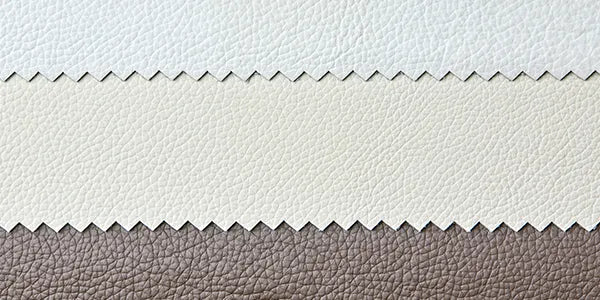Real Leather vs. Vegan Leather
For many years, authentic leather has been touted as the most durable and luxurious material in the fashion industry. However, with rising concerns about animal welfare and environmental impact, vegan leather has gained popularity in recent years. Although these two materials may seem similar, they are remarkably different in terms of durability, texture, and environmental impact. In this blog, we will be exploring the differences between real and vegan leather and how they impact our environment. We will also be discussing ethical ways in which real leather can be sourced.
Real Leather
Authentic leather is derived from the hides of various animals such as cows, sheep, and goats. It is a byproduct of the meat industry and is known for its durability and strength. Traditional leather is made using tanning, a process whereby the hides are treated with chemicals like chromium to prevent them from rotting. The downside to this process is that it uses copious amounts of water and generates large amounts of waste, contributing to environmental degradation. The production of leather also involves animal cruelty and has been criticized for its inhumane treatment of animals.

Vegan Leather
Vegan leather, also known as faux leather, is a synthetic material made from a variety of plastic-based materials such as polyurethane or polyvinyl chloride. These fabrics are processed to mimic the texture and feel of real leather. Vegan leather is praised for its affordability, versatility, and cruelty-free manufacturing processes. It does not use animal products, nor does it generate waste during the production process. However, the production of vegan leather is not completely environmentally friendly either. Synthetic materials contribute to a significant amount of harmful emissions and are not biodegradable, leading to a negative impact on the environment.
Types of Vegan Leather
There are several types of vegan leather, each with its own unique texture, feel, and characteristics. Some popular variants include cork leather, pineapple leather, and apple leather. Many manufacturers have recently begun experimenting with various plant-based materials to create an eco-friendly and sustainable version of vegan leather.
Ethical Sourcing of Real Leather
It is important to note that not all leather is the same. The production of leather has progressed, and today, many manufacturers are committed to ethical production processes that prioritize animal welfare and sustainable practices. Some companies have adopted innovative technologies that use fewer chemicals and waste materials, cutting down the environmental impact of leather production. In recent years, there has been an increase in the use of reclaimed leather, which ensures no additional animals are used in the manufacturing process. The leather industry is working hard to create sustainable alternatives that alleviate environmental concerns and promote ethical manufacturing.

In conclusion, although both real leather and vegan leather have their own unique advantages and disadvantages, it is clear that current concerns for animal welfare and the environment make the vegan leather industry more attractive for consumers. That said, it is possible to source real leather ethically, so those who prefer the look, feel, and durability of authentic leather can still do so while being mindful of the environmental impact. By understanding the differences between these two materials, consumers can make informed choices about what they choose to wear and how it's produced. As a traveler, this information can help you make responsible choices regarding your fashion preferences, while also minimizing your carbon footprint.







Share: